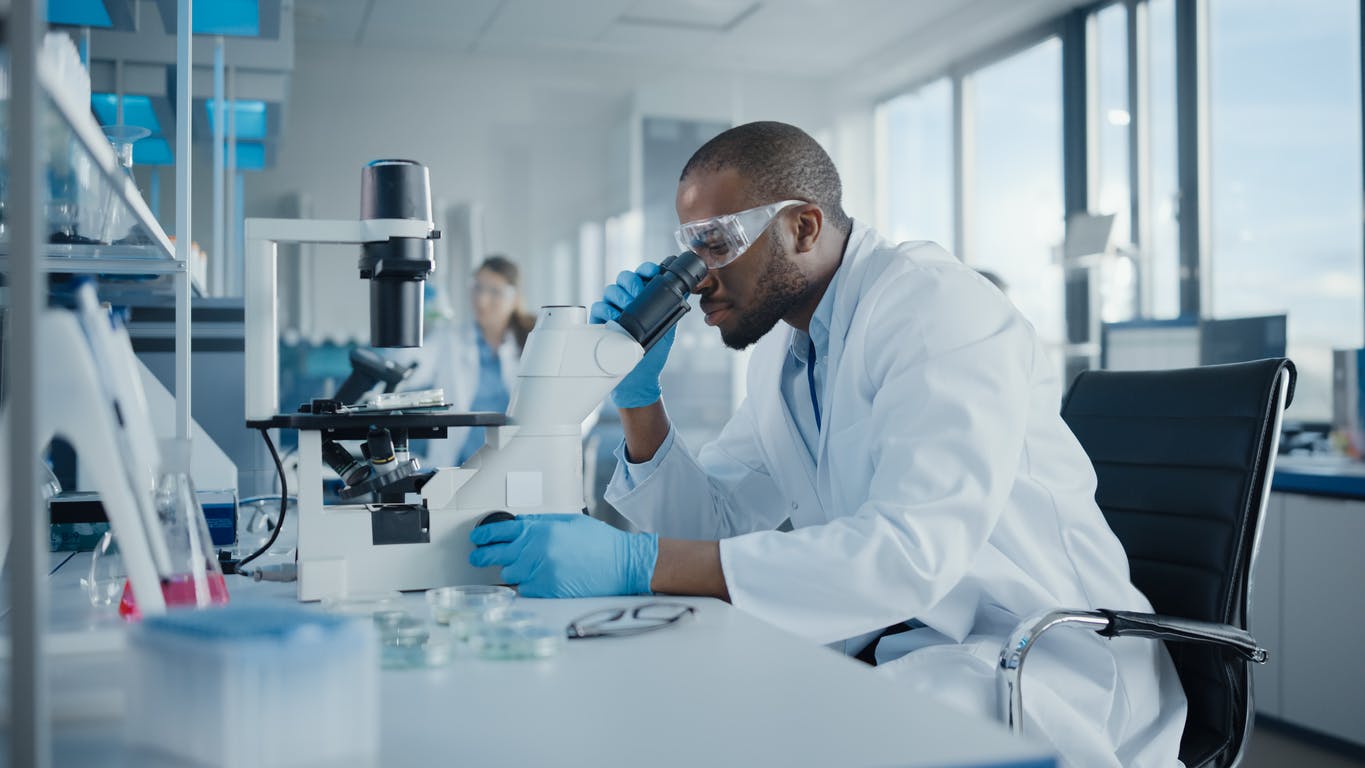Sanofi & Deepomatic: Observation and Monitoring of Laboratory Animals with Visual Automation
The study of animals in research remains an essential scientific practice for the time being, both in terms of drug efficacy and safety. Among these animals, the vast majority are rodents, particularly mice. In vivo research is driven by ongoing ethical considerations and is governed by stringent regulations that ensure compliance with the 3Rs rule:
→Replace (avoid using animal models when possible)
→Reduce (the number of animals tested)
→Refine (minimize constraints, stress, and pain).
We seek to improve this third R, particularly the stated objective of “establishing appropriate limit points by mastering animal welfare assessment.”

Benefits
#1
More information extracted on mouse welfare
#2
Faster detection of impacts on mouse well-being
#3
Increased confidence in the evaluation of mouse well-being
Challenge
The challenge lies in evaluating the well-being of mice in their laboratory environment and detecting changes in behavior that may be induced by a drug candidate or a pathology caused in the animal model. In genetically modified mice, the solution must meet the legal requirement of looking for any signs of altered animal welfare. As mice live at night, it is the ideal time to observe their behavior and identify changes in activity. However, most experiments are carried out during the day by short and repeated measurements or observations of a few minutes by manipulating the mice out of their cage. Due to the human work rhythm, the information obtained in the studies is partial and imperfect. The change in environment induces a high level of stress in mice, which can bias behavioral observation.
Solution
Thanks to Computer Vision technology, it is possible to automatically analyze the behavior of specific mice even when they are housed in a group in their hosting cage:
- Detection of mouse activity or immobility periods with tracking technology
- Detection of time spent drinking and eating
These detected durations are reported in graphs that researchers can analyze the following day to verify the achievement of study objectives and adjust protocols based on these observations.
“By improving the quality of our mouse observation processes, Deepomatic’s solution allows us to extract valuable information to assess better the well-being of the mice used in research.”
Pierre LainéeHead of In Vivo Research Center FranceSanofi
